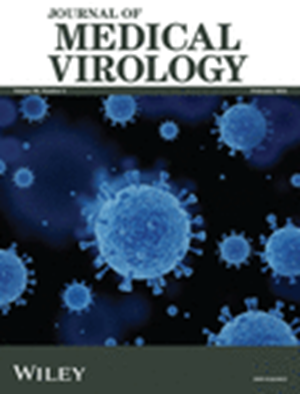Molecular Insights Into the Natural History of Anal HSIL
Abstract
Anal squamous cell carcinoma is commonly associated with human papillomavirus (HPV) infection and preceded by low- and high-grade anal lesions (LSIL; HSIL). We performed a molecular comparison on paired LSIL- and HSIL-lesions collected in a longitudinal fashion to assess their relationship. Fifty biopsies from 22 men diagnosed with LSIL at baseline (T0) who developed HSIL during follow-up (T1) were subjected to a comprehensive molecular analysis: HPV-typing and HPV16 variant, cellular DNA methylation levels, and copy number aberrations (CNA). After histopathological revision, 23 biopsies were classified as LSIL and 27 as HSIL. Both methylation levels and CNA were significantly increased in HSIL compared to LSIL. In 15 out of 22 patients, LSIL at T0 was associated with HSIL at T1. Among them, six showed HPV-type persistence with similar or increased methylation levels and CNA in the HSIL at follow-up. Six patients harbored a different HPV-type in the follow-up biopsy, while in three patients, HPV was not detected or not-typable in one or both lesions. A subset of HSIL preceded by LSIL displayed both HPV-type persistence and an increase in molecular alterations, suggesting that some LSIL may progress to HSIL. In contrast, the HPV-type switch in another subset of HSIL preceded by LSIL, may suggest an alternative pathway of anal carcinogenesis, where HSIL develop directly.

 求助内容:
求助内容: 应助结果提醒方式:
应助结果提醒方式:


